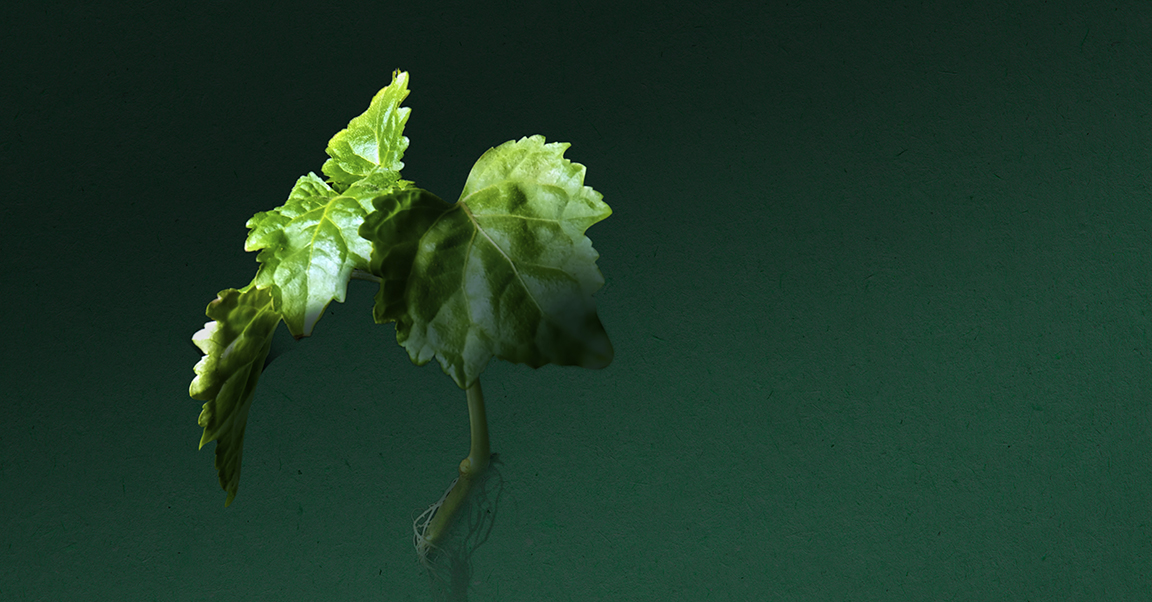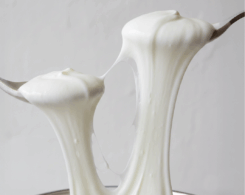Indonesian Patchouli: The Silent Fragrance Star
Moldy, muddy, damp, and something you would rather connect with a dark window-less basement. Would you expect one of the most popular fragrance ingredients behind this description? The source of this scent looks quite bland. Patchouli – a low-growing leafy green plant, delivers one of the most popular fragrance ingredients. It also comes with a compelling story of how it contributes to your favorite scent. Let’s look at how Indonesian farmers cultivate this fragrance ingredient and how perfumers create lovely scents with it.
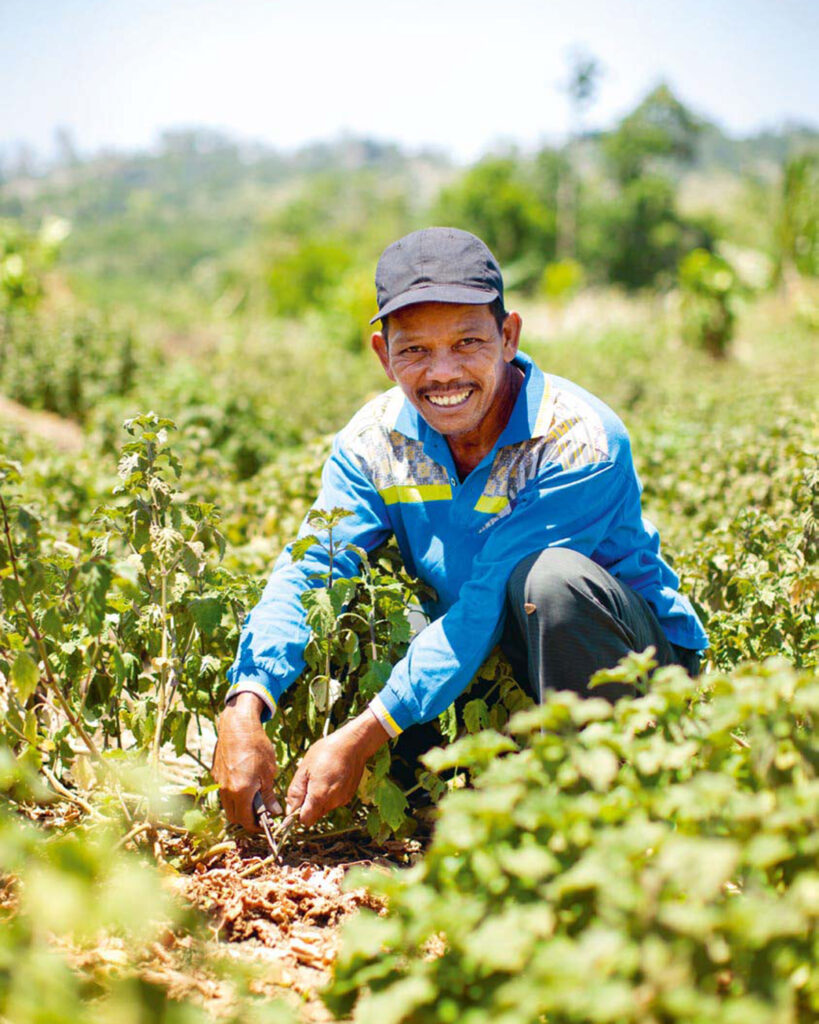
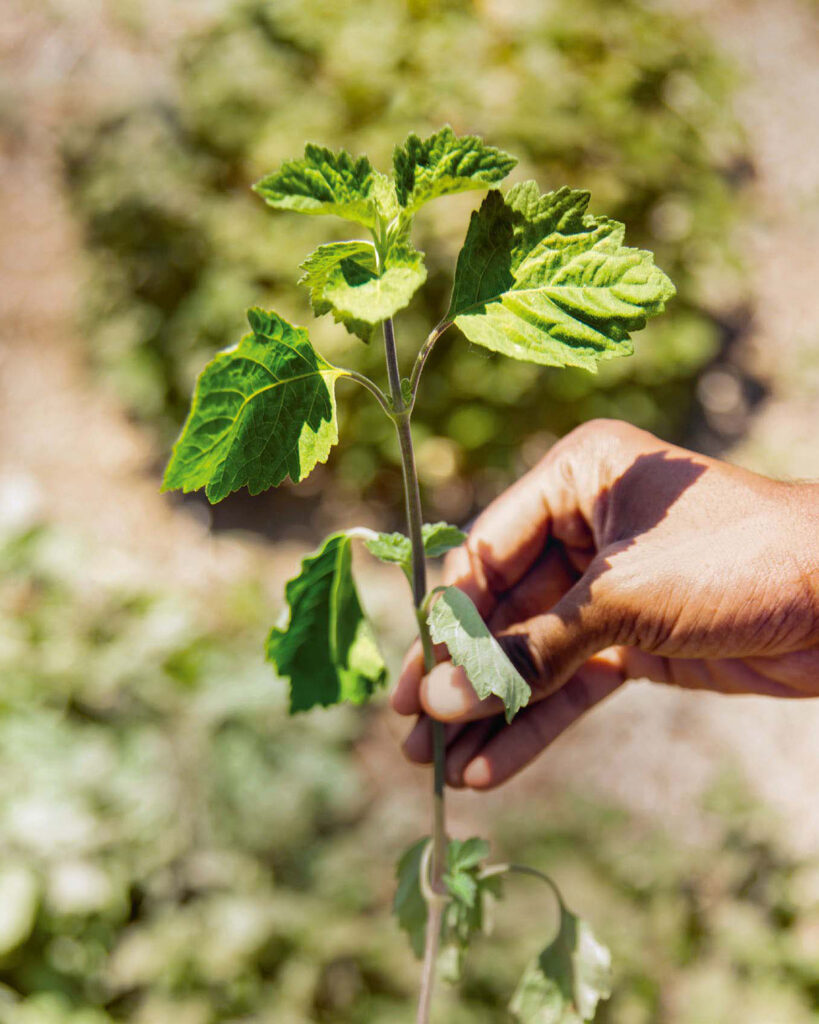
Samsir cuts the patchouli plant a few centimeters above the dry earth using a small pair of garden shears. The sun burns hot on the hilly field deep in the jungle, far from any villages in the Sulawesi region of Indonesia. One can access the area only by steep, bumpy roads, making an all-terrain vehicle essential. The 47-year-old cultivates three hectares of patchouli and lays the snipped plants out to dry on tarps. Then, a short while later, he cuts the plants he grew earlier into ten-centimeter pieces using a long knife that he fashioned out of a sharpened piece of metal taken from a car. This process ensures that more valuable oil remains inside the plants if cut after dried.
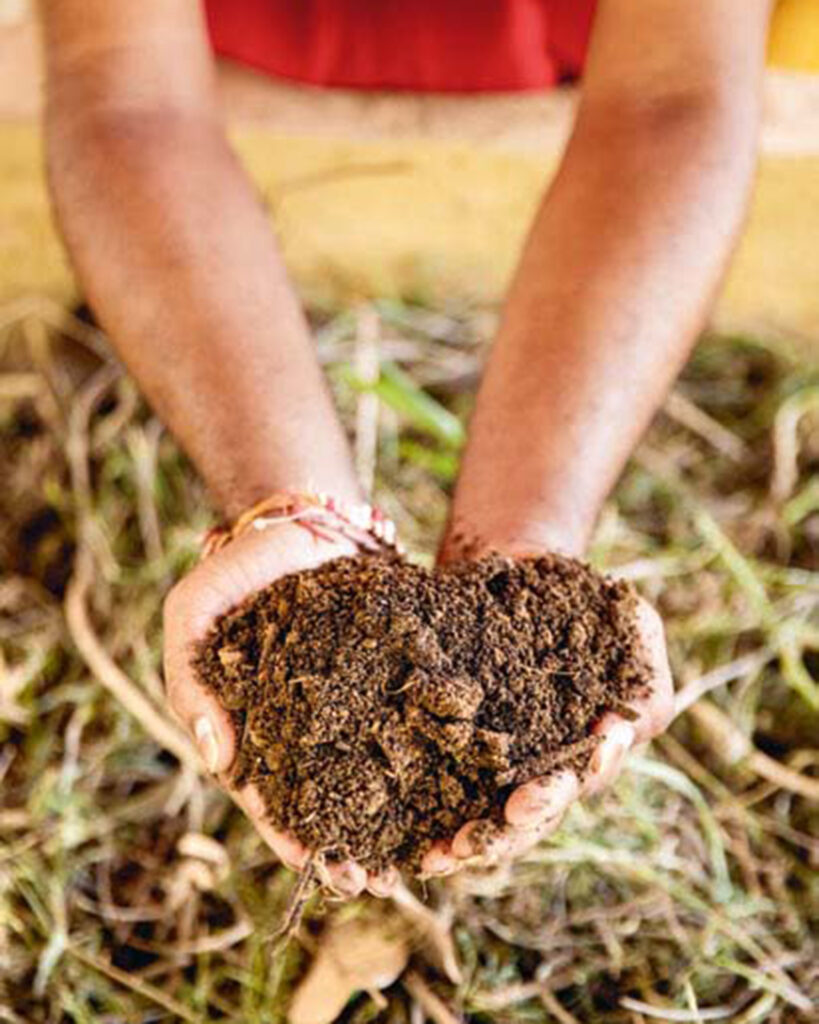
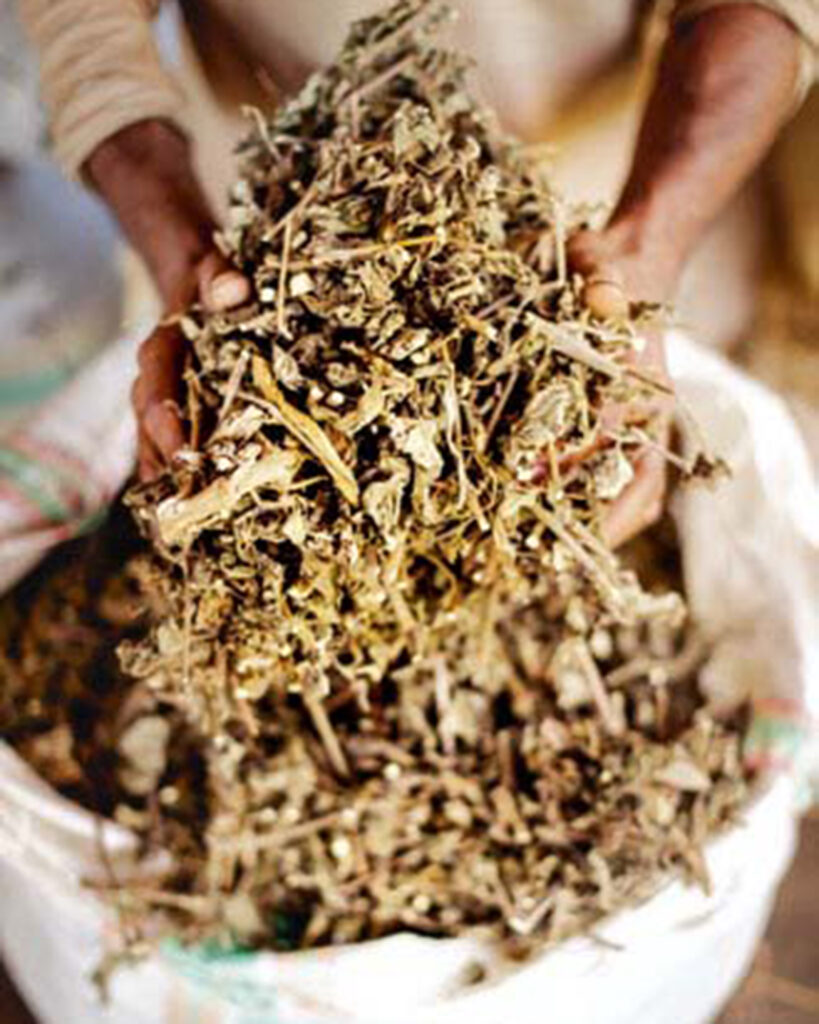
The farmer then carries the tightly stuffed sacks to a crude field distillation unit located on the pothole-littered road some 200 meters away. An employee has lit a fire under the large container, and the water is already boiling. “Once it begins to steam, we fill the still with dried patchouli herbage,” says Samir, explaining the process. Within seconds, the air fills with the intense fragrance of the perfume oil, carried by the steam. It cools slowly inside a pipe while the oil separates from the water flowing into a pail. The farmer can extract around 0.6 kilograms from 30 kilograms of dried herbage.
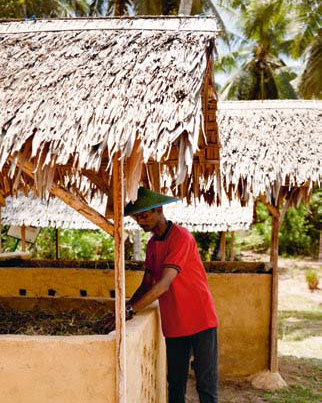
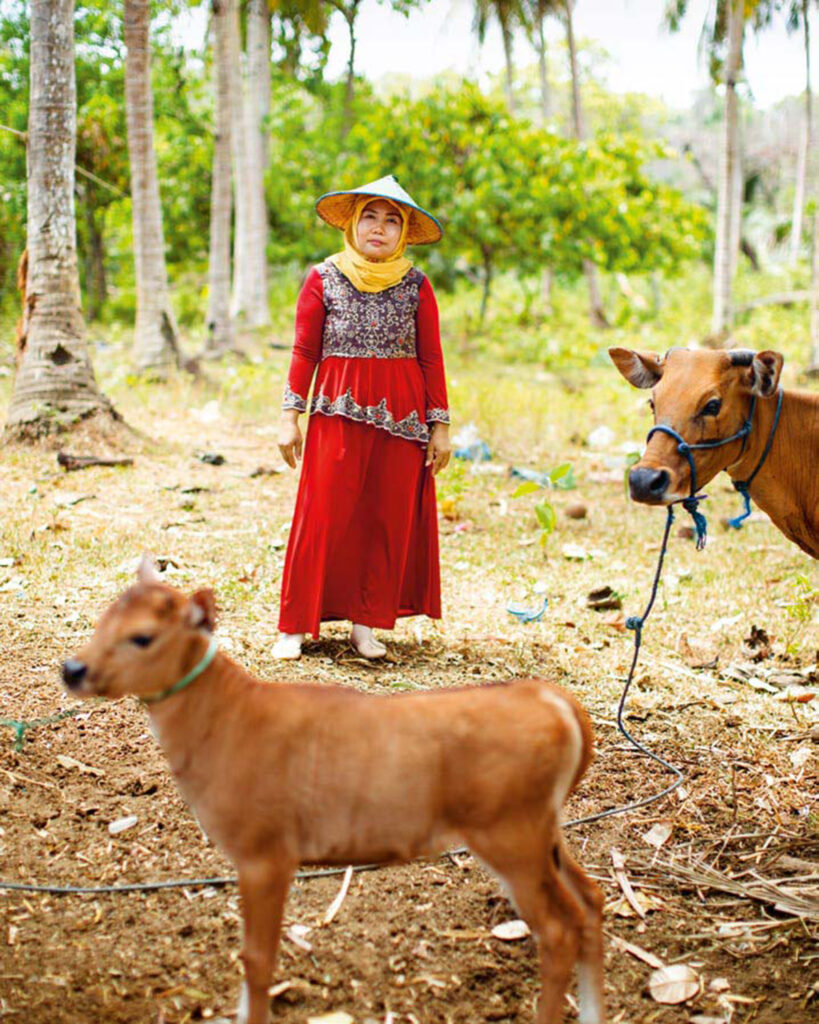
One of more than 500,000 farmers, Samsir cultivates patchouli alongside corn, soy, cocoa, cashews, and coconuts. The plant forms an integral part of their livelihood. Even if many generate no more than four or five liters of the precious oil per week. It accounts for a significant income due to its high value.
A Long-Standing History
For many scent-enthusiasts, the story above often remains hidden. So often, we, as consumers, know little about the products we use and how they come into our lives.
Patchouli occupies an iconic position in the perfume industry. The emblematic aroma –often described as intense, spicy, earthy (used widely in chypre and oriental fragrances) adds depth and sensuality. Finding its way into nearly all aromatic products, from fine fragrances to shower gels and detergents, the precious oil ranks in the top 10 natural raw materials for fragrances.
Patchouli entered a more mainstream awareness during the ’60s counter-culture movement, where the extract appealed as a natural deodorant, strong enough to mask the smell of alcohol and marijuana.
At the same time, the ingredient holds a long-standing history as a trending ingredient in men’s and women’s fragrances. For example, the classic Monsieur Givenchy, created in 1959, acts as the first widely distributed fragrance for men by Givenchy and a new vision of masculinity. For women, how can we forget the iconic Aromatics Elixir by Clinique? As the oldest perfume from the house of Clinique, circa 1975, the notes comprise verbena, sage, chamomile, and patchouli as the base. After its Reintroduction in 2007, the current bottle features a retro atomizer, adding the perfect nostalgic flair.
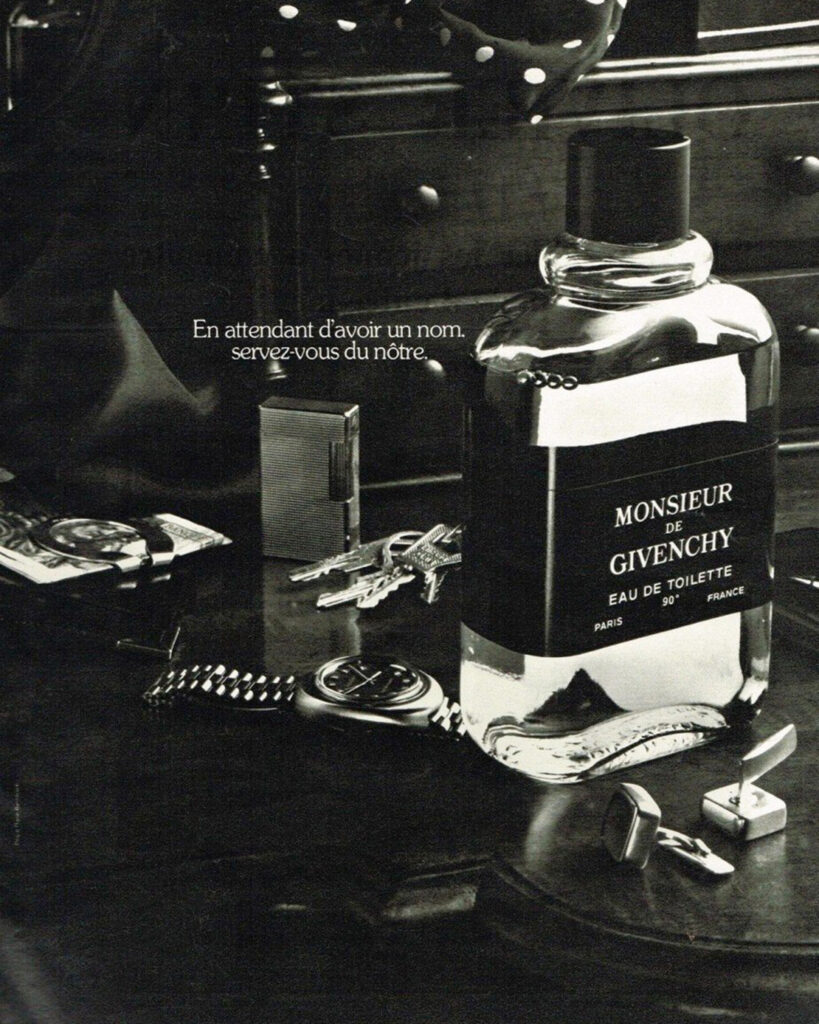
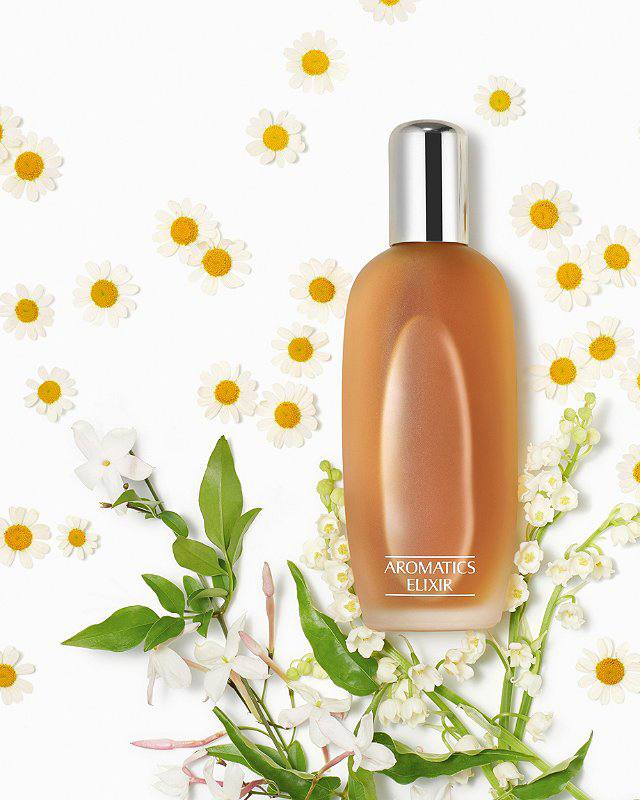
And today, we can find patchouli everywhere, from Tom Ford White Patchouli, Maison Margiela Music Festival, to Jo Malone English Pear & Freesia. This adds to the reasons why to note the ingredient’s history and current consumption.
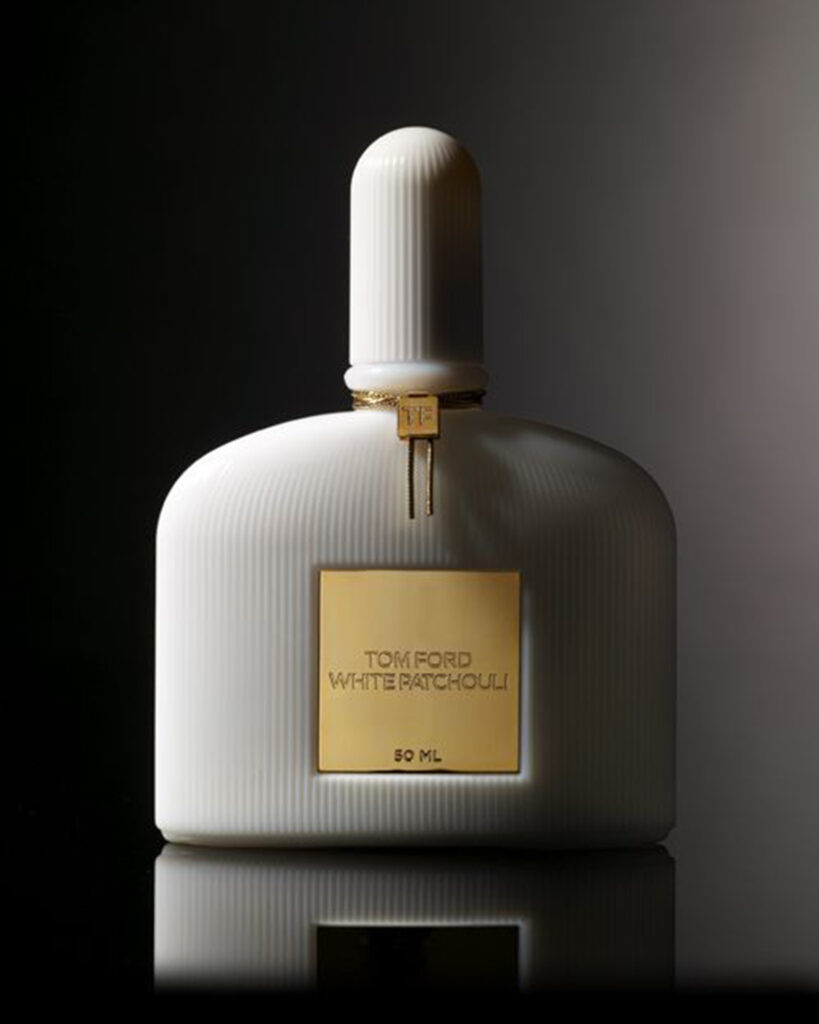
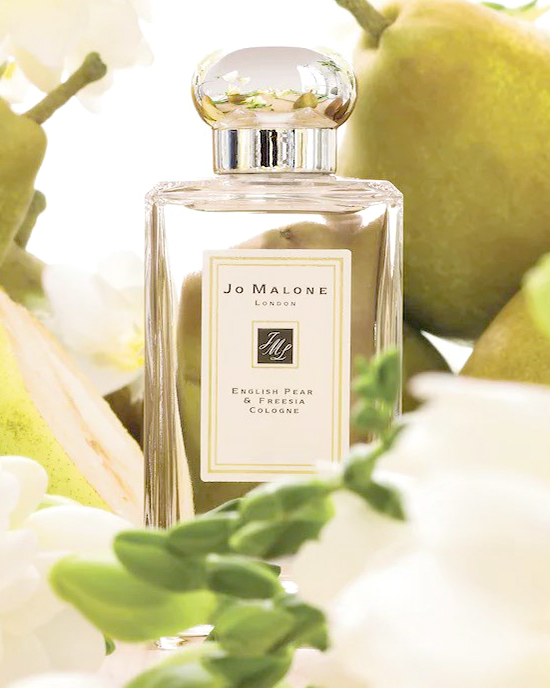
A Sustainable Future?
Often produced in remote locations in Indonesia, farmers still lack the proper techniques to cultivate this crop safely. While Symrise partners with local suppliers to bring sustainable practices to the area, consumers and companies need to learn more about this desirable ingredient. For example, new practices promote sustainable farming on Sulawesi Island in Indonesia (where 80% of patchouli remains harvested). In addition, by funding energy-efficient distillation units, carbon emissions decrease, and forests stay protected.
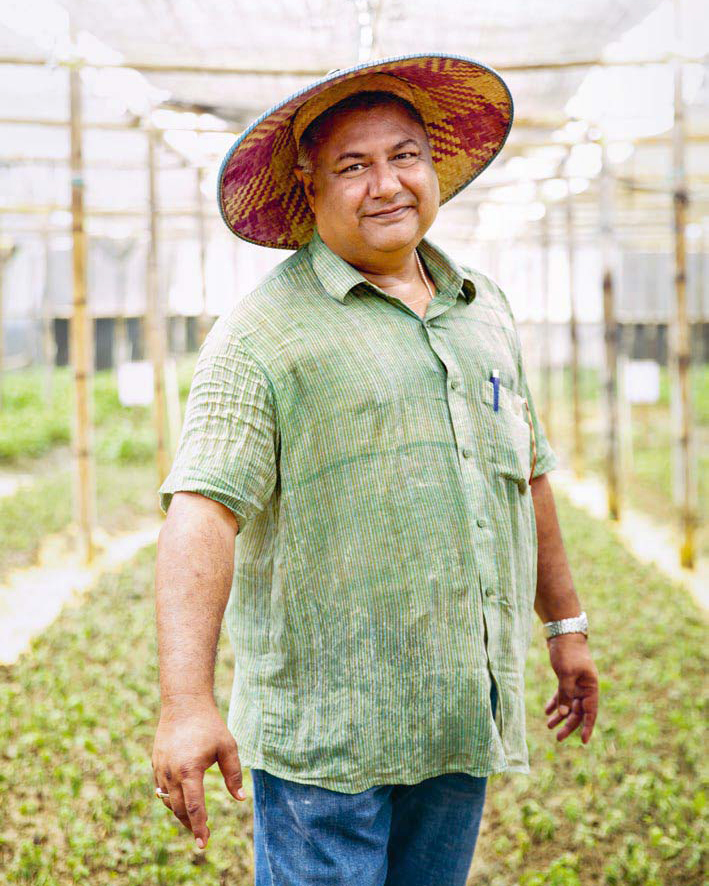
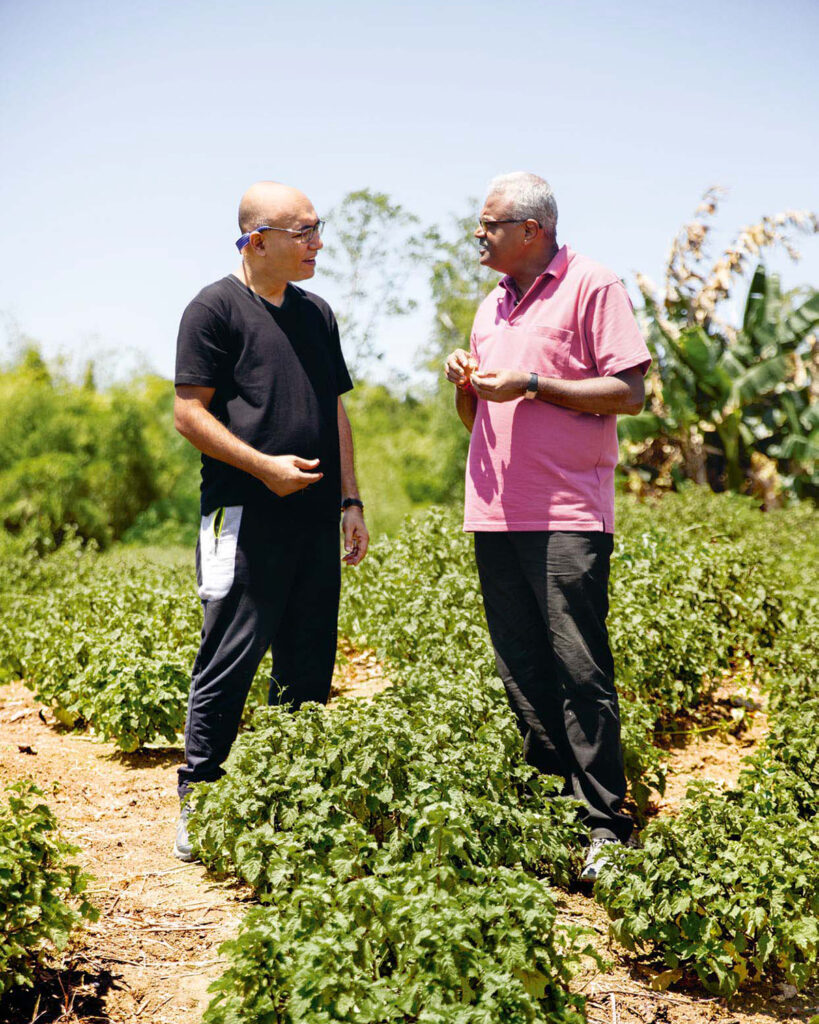
Additionally, the operators of the energy-efficient distillation units provide technical support, along with the farmers, who now own the skills to farm in a more environmentally friendly way. While nearly all of the world’s patchouli comes from one area, there remains a bright spot – more opportunities to enhance relationships with producers to cultivate patchouli more efficiently and safely. Patchouli denotes the scent of the moment. So what products do you want to see patchouli make its way into next?

